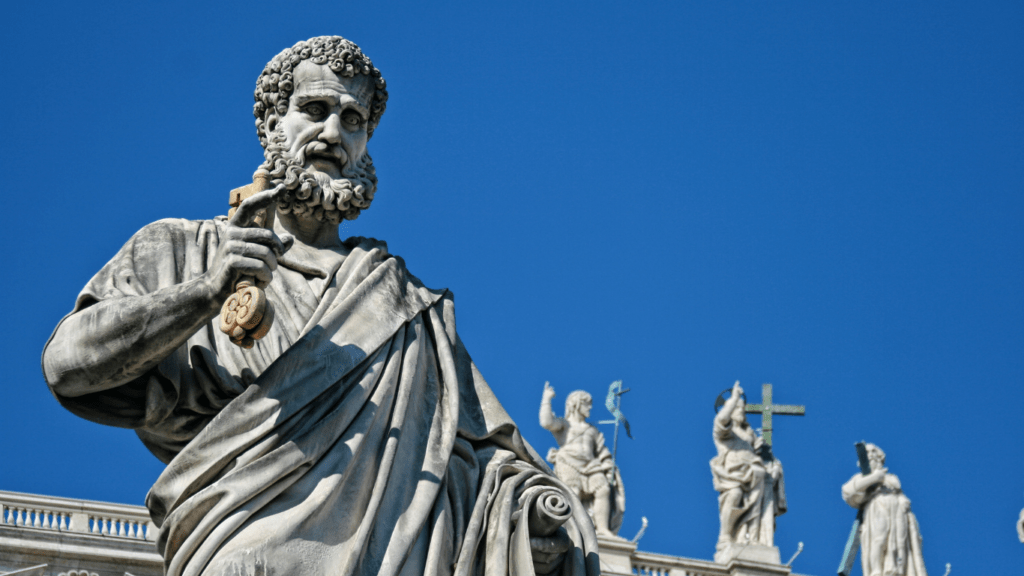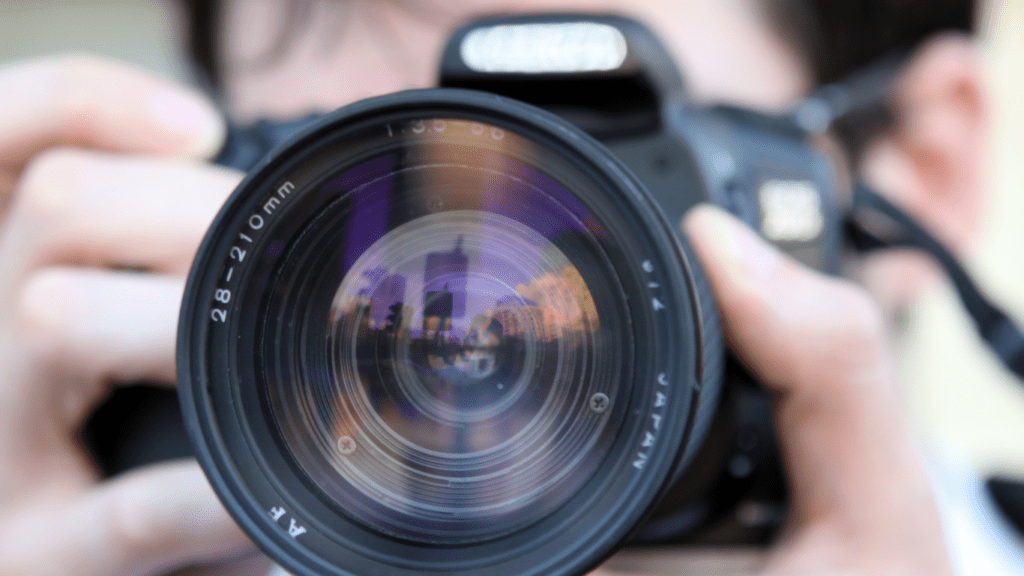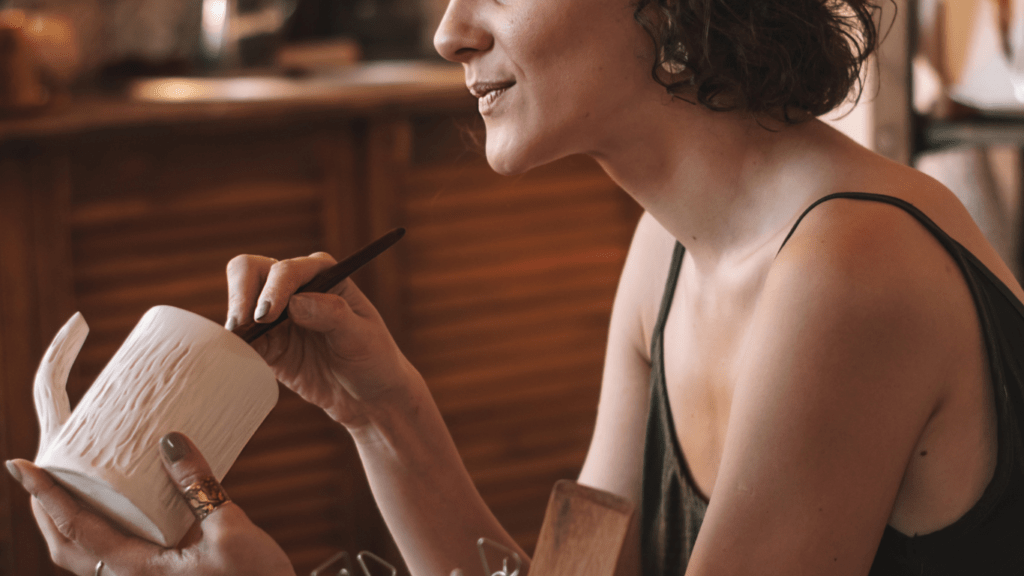As a photographer, capturing the intricate details and artistic essence of sculptures can be both challenging and rewarding. In the world of photography, mastering the art of photographing sculptures requires a unique set of skills and techniques. From understanding lighting and angles to showcasing the texture and form of the artwork, there are several best practices that can elevate your sculpture photography to the next level.
In this article, I’ll share valuable insights and tips on how to effectively photograph sculptures to bring out their beauty and craftsmanship. Whether you’re shooting in a museum, outdoor sculpture park, or even in a studio setting, knowing the best practices can make a significant difference in the quality of your images. Join me as we explore the art of capturing sculptures through the lens, and discover how you can create stunning visuals that truly do justice to these magnificent works of art.
Understanding Sculpture Photography
When it comes to photographing sculptures, understanding the art form is crucial. As a photographer, I know that capturing the essence of a sculpture requires more than just pointing and shooting. By mastering specific skills and techniques in photography, I can effectively convey the intricate details, texture, and form of sculptures through my images. In this section, I delve into the foundational aspects of sculpture photography that will help you elevate your craft and showcase the beauty of these art forms.
Importance of Perspective and Angles
In sculpture photography, the perspective and angles from which you shoot can significantly impact the final image. As I navigate through different settings like museums, outdoor sculpture parks, and studios, I pay close attention to the angles that best highlight the sculptural elements. By exploring various perspectives, I can bring out the three-dimensional qualities of the sculptures and create visually engaging photographs. Experimenting with high and low angles, close-up shots, and different vantage points allows me to capture the essence of the sculptures from diverse viewpoints.
Lighting Techniques for Sculptures
Lighting plays a fundamental role in sculpture photography, shaping the overall look and feel of the images. As a photographer, I understand the importance of lighting techniques in accentuating the contours, textures, and shadows of sculptures. Whether working with natural light or artificial lighting sources, I focus on illuminating the sculptures to reveal their details and sculptural nuances. By adjusting the lighting direction, intensity, and quality, I can create captivating images that showcase the craftsmanship and beauty of the sculptures. Experimenting with various lighting setups and techniques allows me to capture the sculptures in different moods and highlights their artistic intricacies.
Camera Settings and Gear
When capturing photographs of sculptures, using the appropriate camera settings and gear is crucial to achieving stunning results. Here’s how I optimize my equipment and settings for the best possible outcomes:
Choosing the Right Equipment
To photograph sculptures effectively, I rely on a DSLR or mirrorless camera with a high-resolution sensor to capture intricate details accurately. Additionally, I prefer using prime lenses with a focal length between 35-100mm for crisp and clear images. Tripods are vital for stability, especially in low light conditions, ensuring sharpness in every shot. I also make use of a polarizing filter to reduce glare and enhance colors, bringing out the textures of the sculptures.
Manual Settings for Better Control
When shooting sculptures, I switch to manual mode to have full control over the exposure settings. I adjust the aperture to achieve the desired depth of field, keeping the entire sculpture in focus. Setting the ISO low maintains image quality and reduces noise. To control the shutter speed, I consider the lighting conditions and the effect I want to achieve, whether freezing motion or capturing subtle details. By shooting in RAW format, I retain more data for post-processing, allowing for greater flexibility in editing the images later.
Composition and Background
When photographing sculptures, how I frame my subject can significantly impact the final image quality. To ensure the sculpture is the main focus, I position it off-center within the frame, following the rule of thirds. Placing the sculpture slightly to the left or right of the frame can create a dynamic composition that draws the viewer’s eye.
- Framing Your Subject
In sculpture photography, framing the subject correctly is crucial. I position the sculpture at an intersection point of the gridlines to create a visually appealing composition. Placing the subject off-center adds interest and balance to the image. By following the rule of thirds, I enhance the overall aesthetic and draw attention to the sculpture’s intricate details. - Using Backgrounds to Enhance Focus
Incorporating suitable backgrounds is essential for emphasizing the sculpture in the photograph. I choose backgrounds that complement the sculpture’s colors and textures while avoiding distracting elements. Simple backgrounds or blurred surroundings can help isolate the sculpture and make it stand out. By adjusting the depth of field, I ensure the background remains out of focus, directing the viewer’s gaze towards the main subject.
Post-Processing Techniques
Editing plays a crucial role in enhancing sculpture photographs to bring out their details and aesthetics effectively. Here are some fundamental and advanced post-processing techniques to elevate your sculpture photography:
Basic Editing Tips
When editing sculpture photos, I start by adjusting the exposure to ensure the image brightness is just right. Next, I fine-tune the contrast and saturation levels to make the sculpture’s features pop. Cropping the image strategically can help remove distractions and focus the viewer’s attention on the sculpture itself. Additionally, I pay attention to sharpening the details without overdoing it, maintaining a balance to enhance the overall quality of the photograph.
Advanced Editing for Sculpture Photos
For more advanced editing, I delve into techniques like dodging and burning to highlight specific areas of the sculpture and create a sense of depth. I also experiment with color grading to set the mood and tone of the image, ensuring it complements the sculpture’s aesthetic. Texture enhancement techniques can further accentuate the tactile qualities of the sculpture, making it more captivating to viewers. Moreover, utilizing filters and overlays creatively can add a unique touch to the photograph, enhancing its visual appeal and artistic value.
Practical Tips for Photographing Sculptures

When it comes to photographing sculptures, there are several practical tips to keep in mind that can help enhance your photography skills and produce stunning images that do justice to the artwork.
Timing and Weather Considerations
When photographing sculptures, I find that choosing the right time of day can make a significant difference in the quality of the images. Early morning or late afternoon often offers the best lighting conditions with soft, warm light that can accentuate the textures and details of the sculpture. Avoid harsh midday sunlight as it can create strong shadows and wash out the finer details.
Considering the weather is also crucial, as different weather conditions can create unique opportunities for capturing sculptures. Overcast skies can provide a soft, even light that minimizes harsh shadows, making it ideal for capturing intricate details. On the other hand, dramatic weather elements like fog or mist can add a sense of mystery and atmosphere to your photographs.
Legal and Ethical Considerations
When photographing sculptures, it’s essential to be aware of the legal and ethical considerations surrounding the artwork. While some sculptures may be located in public spaces and open to photography, others might be protected by copyright laws or intellectual property rights. Always seek permission from the appropriate authorities or artists before photographing copyrighted sculptures to avoid any legal issues.
Respect the artist’s vision and intention behind the sculpture when photographing it. Be mindful of how you represent the artwork in your photographs and consider the context in which the sculpture is presented. Additionally, be considerate of other visitors or art enthusiasts who may also want to appreciate the sculpture, and avoid obstructing their view or disturbing the surroundings while taking pictures.
By paying attention to timing and weather considerations, as well as respecting legal and ethical aspects, you can elevate your sculpture photography and create visually compelling images that showcase the beauty and artistry of the sculptures effectively.

 Christyn Stearnsio, the visionary founder of Sculpture Creation Tips, is a passionate artist with a deep love for the art of sculpting. With years of experience in the field, Christyn has dedicated her career to sharing her knowledge and expertise with others, creating a platform that serves as a comprehensive guide for sculptors at all levels. Sculpture Creation Tips is a testament to her commitment to nurturing creativity and helping artists master the delicate craft of sculpting. Through detailed tutorials, insightful articles, and a supportive community, Christyn empowers aspiring sculptors to explore their artistic potential, refine their skills, and bring their unique visions to life. Her dedication to the art form is evident in every piece of advice and inspiration she shares, making Sculpture Creation Tips a trusted resource for sculptors around the world.
Christyn Stearnsio, the visionary founder of Sculpture Creation Tips, is a passionate artist with a deep love for the art of sculpting. With years of experience in the field, Christyn has dedicated her career to sharing her knowledge and expertise with others, creating a platform that serves as a comprehensive guide for sculptors at all levels. Sculpture Creation Tips is a testament to her commitment to nurturing creativity and helping artists master the delicate craft of sculpting. Through detailed tutorials, insightful articles, and a supportive community, Christyn empowers aspiring sculptors to explore their artistic potential, refine their skills, and bring their unique visions to life. Her dedication to the art form is evident in every piece of advice and inspiration she shares, making Sculpture Creation Tips a trusted resource for sculptors around the world.
